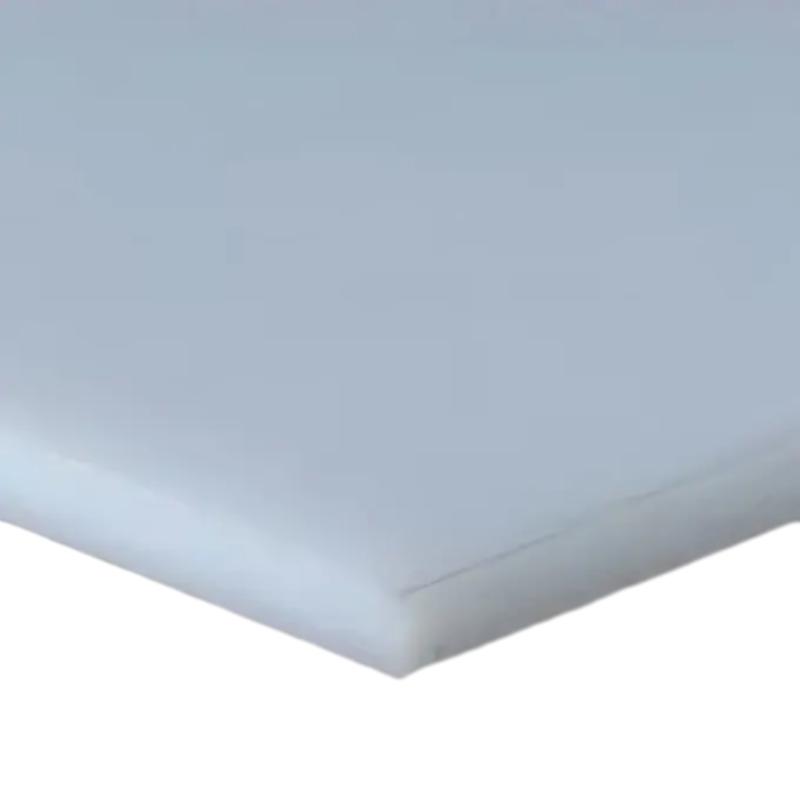Jul . 29, 2024 23:02 Back to list
Exploring the Applications and Benefits of CPVC Tubing in Modern Plumbing Systems
Understanding CPVC Tube Properties, Applications, and Benefits
Chlorinated Polyvinyl Chloride (CPVC) is a thermoplastic piping material widely used in various plumbing and industrial applications. Due to its unique properties and advantages over traditional materials, CPVC tubing has gained prominence in both residential and commercial construction projects.
What is CPVC?
CPVC is a modified form of PVC (Polyvinyl Chloride) that has undergone a chlorination process. This treatment enhances its thermal resistance and makes it suitable for hot water applications, withstanding temperatures up to 200°F (93°C). CPVC tubing is manufactured in a range of sizes, making it versatile for various piping needs. Its lighter weight compared to metal pipes, along with lower installation costs and reduced labor time, makes it an attractive choice for many contractors and builders.
Key Properties of CPVC Tubing
1. Chemical Resistance One of the most significant advantages of CPVC is its resistance to a wide range of chemicals, including acids and bases. This property makes CPVC tubes an excellent option for industrial applications where harsh chemicals are frequently transported.
2. Heat Resistance CPVC can handle higher temperatures than standard PVC, making it ideal for hot water distribution systems. This capability is essential in both residential plumbing systems and commercial applications, such as heating systems and industrial processes.
3. Corrosion Resistance Unlike metals that can corrode and degrade over time, CPVC is resistant to rust and corrosion. This quality helps to extend the lifespan of piping systems, reduce maintenance costs, and improve the overall efficiency of plumbing installations.
4. Ease of Installation CPVC fittings and pipes are easy to work with, requiring no special tools or welding techniques for installation. They can be joined using solvent cement, allowing for a quick and efficient assembly process.
cpvc tube

5. Low Thermal Conductivity CPVC has low thermal conductivity, which helps in minimizing heat loss in hot water systems. This property contributes to energy savings and enhances the efficiency of heating systems.
Applications of CPVC Tubing
CPVC tubing is utilized in a variety of applications, including
- Residential Plumbing CPVC is commonly used for hot and cold water supply lines in homes, providing a reliable and long-lasting plumbing solution.
- Industrial Applications Many industries use CPVC piping for conveying chemicals, particularly in applications involving corrosive substances. Its resistance to chemical damage makes it suitable for use in chemical processing plants and wastewater treatment facilities.
- Fire Sprinkler Systems CPVC is also widely adoption in fire protection systems because of its fire-resistant properties and ease of installation, allowing for efficient and effective fire suppression systems.
- HVAC systems In heating, ventilation, and air conditioning systems, CPVC can be used for both hot and cold water lines, contributing to overall system efficiency.
Conclusion
The utilization of CPVC tubing in various plumbing and industrial applications reflects its numerous advantages, including chemical and heat resistance, ease of installation, and longevity. As construction and industrial practices evolve, the demand for effective and durable piping solutions continues to grow. CPVC offers a practical and reliable option for engineers, contractors, and homeowners alike. Its combination of versatility, cost-effectiveness, and resistance to wear and tear makes CPVC an ideal choice for modern piping needs, setting the stage for a sustainable and efficient future in infrastructure development.
-
Durable PP Rigid Sheet: Lightweight, Chemical Resistant Solutions
NewsAug.21,2025
-
PVC Grey Sheet for Extraction: Chemical Resistant & Durable
NewsAug.19,2025
-
Durable PVC Pipe Fittings for Plumbing & Irrigation Needs
NewsAug.18,2025
-
HDPE Steel Belt Reinforced Spiral Corrugated Pipe | High Strength
NewsAug.17,2025
-
HDPE Pipe Fittings: Durable, Leak-Proof Solutions
NewsAug.16,2025
-
Premium CPVC Sheet: High-Temp & Chemical Resistant Solutions
NewsAug.15,2025

